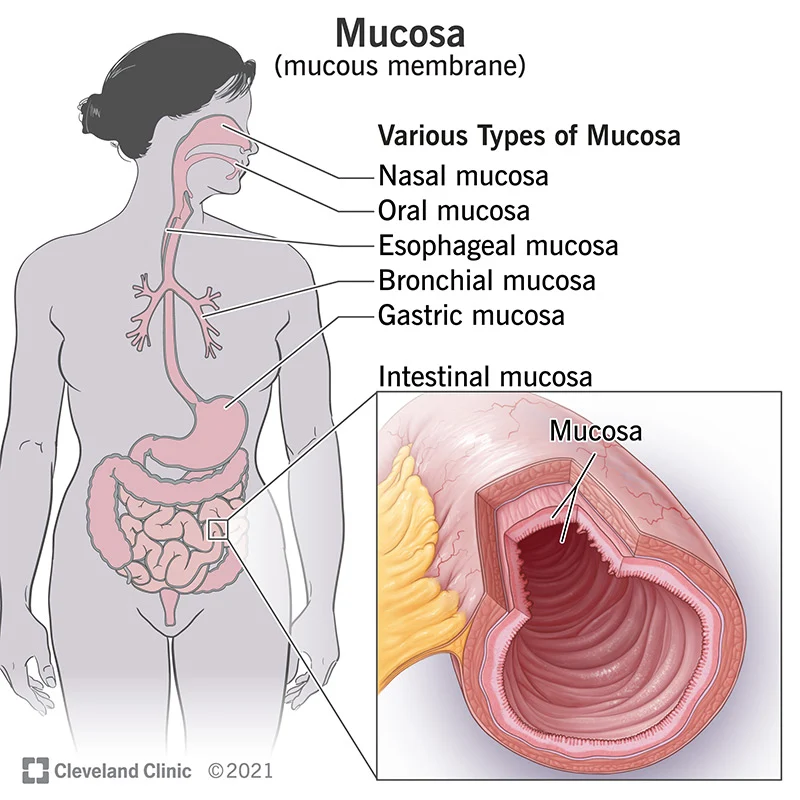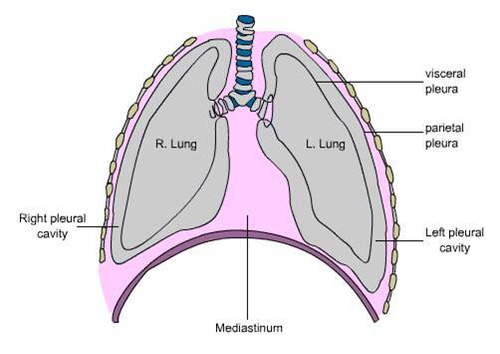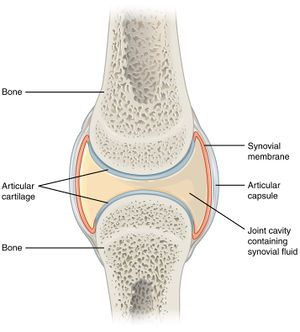—ENGLISH-ANATOMY UNIT 2. (PART:3)MEMBRANES AND GLANDS
Membrane:

Membrane is a thin layer of tissue that The function of covering a structure is called a membrane. It is spread over a surface or covers a cavity or organ. This membrane functions to prevent infection and injury.
There are three main types of membranes in the body. which is as follows.
1. Mucous membrane:

- This layer is also known by the name of mucosa . It is important in forming the inner lining of any system or organ in the body. It is a wet, moist layer. Which is made up of epithelium tissue. Its structure also contains goblet cells . Which secrete mucus and keep this layer constantly moist. This layer performs the following functions.
- It performs the function of lubrication.
- It functions to prevent injury.
- It functions to prevent infection.
- Since this membrane is completely arranged on the inside, no microorganism or foreign material can enter the body. So it also acts as a protective barrier of the body.
2.Serous membrane.(Serous membrane):

- It is also called serosa. It is always a double layer membrane. In which the outer membrane is called the Parietal Layer and the inner layer is called the Visceral Layer. A serous space is formed between these two layers.
- This serous membrane secretes a fluid. Which is called serous fluid. It is located in this serous space.
- This fluid, being viscous, prevents friction between the two layers and makes the movement smooth and painless.
- This layer is located around the organs that perform the movement, such as the heart, lungs, etc.
3.Synovial membrane (synovial membrane):

This membrane is located in the inner lining of the cavity that forms the joint. It is called the synovial membrane. It is made up of epithelium cells. This membrane secretes a clear sticky fluid. The fluid is called synovial fluid.
This fluid lubricates the joint. It prevents friction in the joint. It makes the movement of the joint smooth and painless. It helps in removing cellular waste from the joint.
Gland :

A gland is a group of specialized epithelial cells that are associated with a specific type of secretion. There are two types of glands in the body.
1.Exocrine gland:

- This gland spilts its secretion onto any cell, tissue or surface. It has a duct and through this duct its secretion is poured on any surface.
- The secretion of this gland is known as juice, saliva or mucus.
- The secretion of this gland does not mix with blood.
- These glands vary in size and shape. Mainly this gland is a gland that helps in digestion. For example, salivary gland.
2.Endocrine gland:

- This gland mixes its secretion directly with the blood or lymph. It is known as a ductless gland. Its secretions are known as hormones.
- Endocrine glands secrete hormones in the body and regulate many vital functions. An example of this gland is the pituitary gland.
